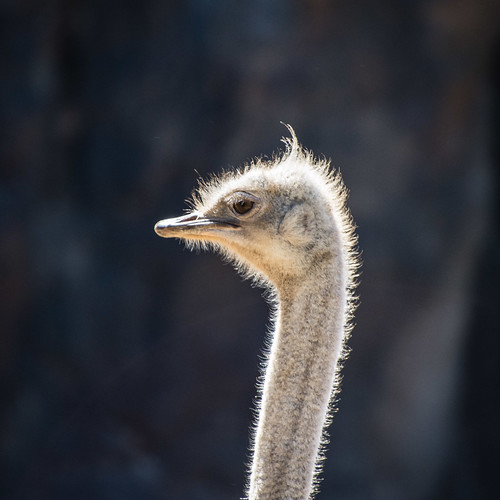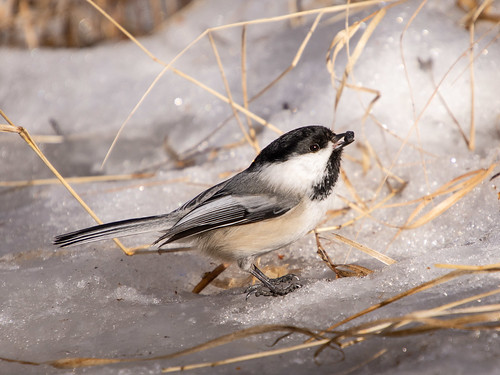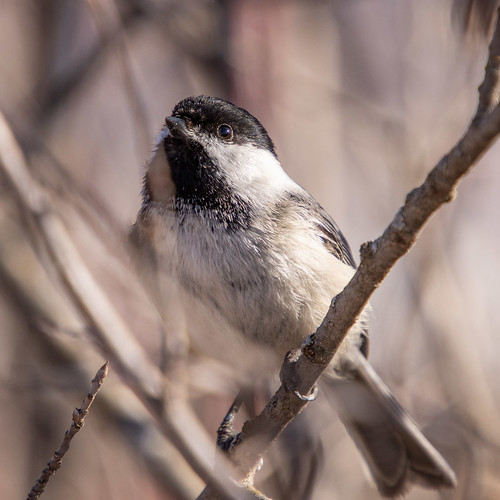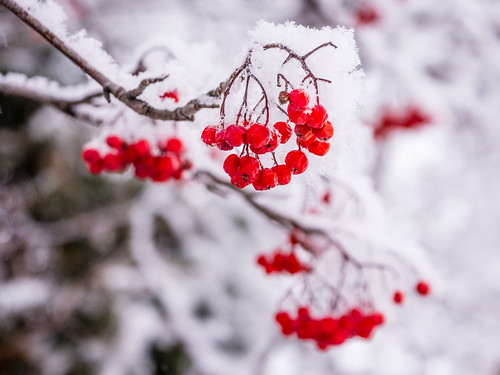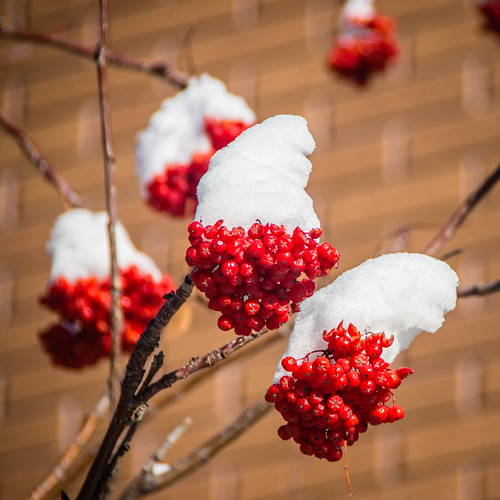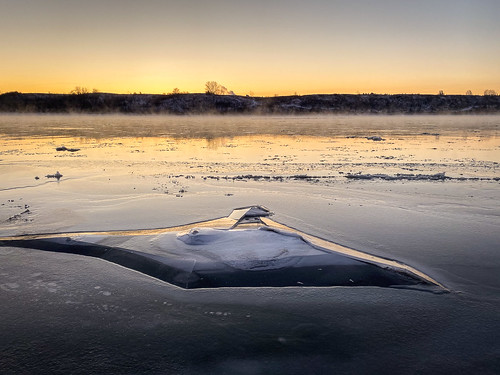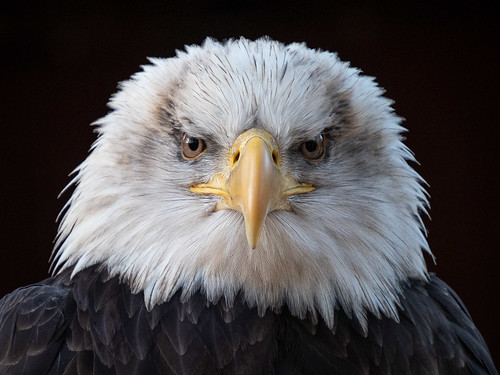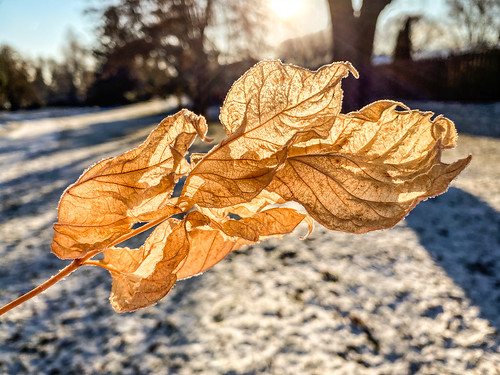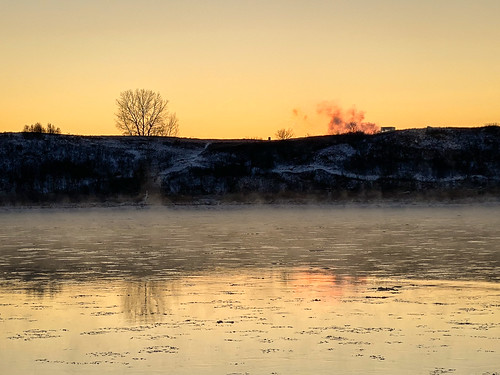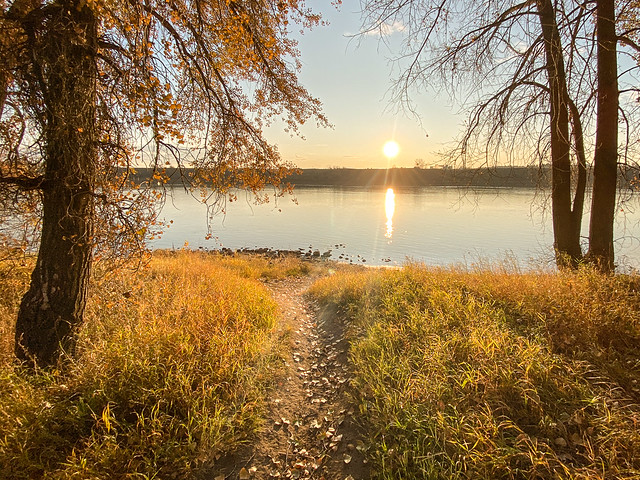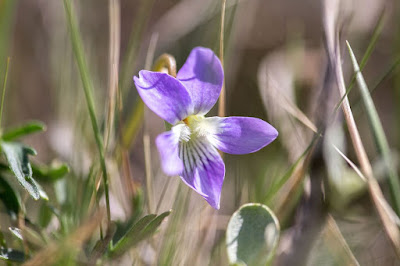Meghan Mickelson is an active member of Saskatoon’s Northeast Swale Watchers and the Endangered Grasslands Alliance. She combines photography with citizen science to share her love of the prairie grasslands.
Meghan grew up on the edge of Saskatoon with grassland and a field full of ground squirrels behind her home. She and her friends would ride their bikes to the Northeast Swale. “I didn’t know it was the Swale,” Meghan says. “It was just a place to go clear my head and ground myself.” When Meghan returned to Saskatoon after 10 years on Vancouver Island, she went looking for the Swale, this time with camera in hand.
Meghan bought her first camera when she was 10 years old. Her first photographs were of her cat, her backyard – whatever was around. As she grew older, she inherited an old film camera from her mother, giving her an opportunity to improve her photography skills and become a more adept photographer.
As she walked around Saskatoon’s natural areas, Meghan’s interest shifted to documenting nature. Her first love was flowers, but then she got a zoom lens and started taking photographs of birds. And the more photographs she took, the more she wanted to know about the species she was photographing. “I went on a bioblitz at the Swale and learned how to identify crowfoot violets,” Meghan explains. “Next, I bought identification books and, after participating in a
bioblitz organized by the Nature Conservancy of Canada, I started using iNaturalist.”
Over time, Meghan began using her photography skills to document the species in a particular area. “By going every week, you see how an area evolves,” she says. “I’ve been able to give my photography another purpose by using it for citizen science.” Meghan hopes that her photographs will help inform others and contribute to the conservation of Saskatoon’s natural places.
Recently, she was able to assist the Meewasin Valley Authority in documenting the species that can be found in the 500-metre swathe that will be destroyed when the proposed Saskatoon Freeway is constructed through the Small Swale. “I don’t think people understand the impact the highway will have on the area,” Meghan says. “It’s sight and sound and light. McOrmond Road runs through the Swale and it’s so loud. How do animals listen to that all day long?”
Meghan’s advocacy efforts have expanded beyond photography. She and a few other people were concerned about the lack of legal protection for the Swale. Often groups are hesitant to speak up and take action because they risk losing funding or impacting existing relationships. The
Endangered Grasslands Alliance was formed to fill the gap by lobbying government on issues such as the Saskatoon Freeway. Their website urges the public to sign a letter of concern, and they are in the process of collecting signatures for a petition to be delivered to the provincial legislature. Although collecting signatures for a paper petition is a labour-intensive task, Meghan says it’s the only format recognized by the legislature and one of the few ways we can hold decision-makers to account.
The proposed Saskatoon Freeway will be located within 2 kilometres of the North Commuter Parkway and Bridge. It will cut through both the Northeast Swale and the Small Swale, which are home to numerous threatened, endangered, and at-risk species, such as the loggerhead shrike, northern leopard frog, American badger, plains rough fescue, crowfoot violet, and recently discovered marsh felwort. The freeway will also run through the Swale’s largest water body. “It’s heartbreaking to look out at this body of water and know it won’t be there in the future,” Meghan says.
Another grasslands advocate is
Warrick Baijius, a geographer and PhD candidate at the University of Saskatchewan. Some of his research is playing an important role in informing the Endangered Grassland Alliance’s advocacy work. Although planning for a perimeter highway began in 1992, Warrick’s research indicates that
environmental concerns weren’t even considered until 2004:
"Even then, there was no discussion of moving the proposed corridor, only of tweaking the location and type of interchanges. These decisions were largely driven by efficiency in traffic models, with marginal consideration for environmental impacts. Furthermore, previous stakeholder consultations focused on (at the time) rural landowners, and even the environmental concerns raised by residents were merely noted but not meaningfully addressed.
"A lot has changed since the original traffic modelling, stakeholder consultations, and public engagement. Now the Freeway will cut through publicly-owned city lands, impacting green infrastructure that the city, province, and ultimately tax payers have funded and continue to fund. The Saskatoon projected in decades-old transportation planning is not the Saskatoon of today, and neither are the residents. Results from the original public engagements are not necessarily representative of the current social values of — and landowner interests in — the Swales. There has been no serious discussion about the implications of climate change, biodiversity, or conservation in any of the studies to this point."
The Saskatchewan branch of the Canadian Parks and Wilderness Society has thrown its support behind the work of the Northeast Swale Watchers and the Endangered Grasslands Alliance,
calling on the Ministry of Highways to conduct a full environmental impact assessment of the proposed project. "With a lack of any detailed environmental assessment prior to determining the freeway's routing, CPAWS-SK is concerned decisions and endorsements are being made without the necessary information and without a complete and robust environmental assessment of the impact the Saskatoon Freeway could have," says Stewart Coles, Operations Manager for CPAWS-SK (
CBC News article).
The Endangered Grasslands Alliance’s
petition asks the provincial government to:
(1) suspend planning for the Saskatoon Freeway and development around the Swales until a regional cumulative effects assessment has been completed,
(2) update the Wildlife Act and expand the list of wild species protected by Provincial regulation,
(3) recognize the Swales as important ecological habitat and designate them as protected areas, and
(4) ensure adequate long-term funding for research, management, and enforcement to protect the Swales for generations to come.
Each of us can lend our support to protection of the Northeast Swale and the Small Swale by
signing the petition and sending a letter to our MLA.
Photo credits: Meghan Mickelson & Renny Grilz (photo of Meghan)









